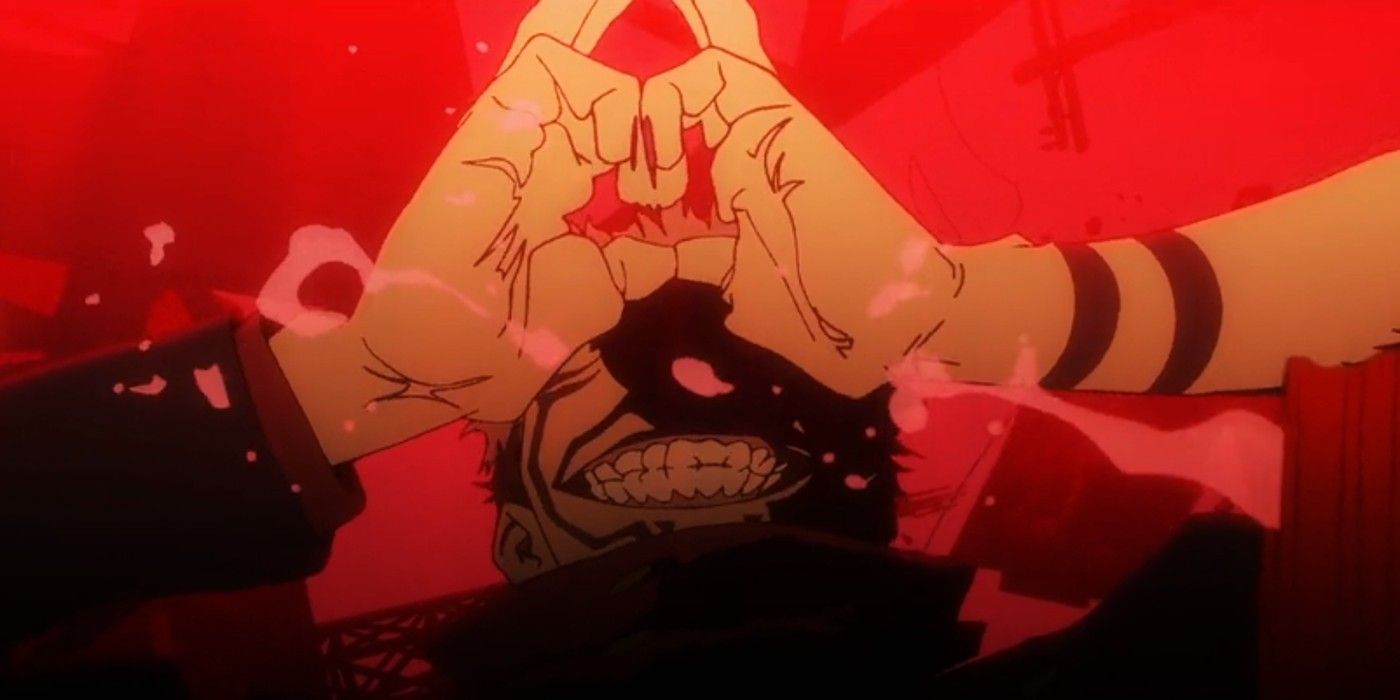
Concluding its fantastic six-year run in Weekly Shōnen Jump, Jujutsu Kaisen has finally revealed the cover art for its final two volumes, reinforcing a secret but genius bond between Yuji and Sukuna. The cover art for volumes 29 and 30 of Jujutsu Kaisen have finally appeared online ahead of its release on December 25, 2024, and once again draw attention to Jujutsu KaisenThe Buddhist inspirations, as well as the fascinating symbolic connection between Yuji and Sukuna.
While volume 29 features Sukuna in his fully reincarnated form, shamelessly sticking out his tongue, volume 30's cover art shows Yuji wielding the hand sign for his unnamed domain. Yuji's image is especially reminiscent of the cast of Sukuna, Malevolent Shrine, due to its composition and the similarity between the two hand signs, both possessing deep meaning in Buddhism and perfectly reflecting Sukuna and Yuji's roles in the story in relation to each other. .
Jujutsu Kaisen volume's final cover highlights Yuji and Sukuna's Buddhist parallels
Yuji's domain and hand sign are taken from the benevolent Jizo or Kṣitigarbha
While Jujutsu Kaisen has released many impressive volume covers over the years, it seems that Gege Akutami really saved the best for last, with Yuji and Sukuna fittingly making a final appearance. The cover of volume 30 is particularly interesting, with Yuji reflecting the way Sukuna has been portrayed releasing his dominance throughout the series, right down to the perspective of the scene. The similar hand signals used to activate each domain also further strengthen these parallels between Yuji and Sukuna.
That being said, although they may appear almost identical, the respective hand signs used by Yuji and Sukuna are actually distinct and have very different meanings in Buddhism. Although Yuji's domain is never named in the series, the hand sign Yuji uses to cast his domain is associated with Kṣitigarbha or Jizo, a bodhisattva who vowed to free suffering souls in hell and lead lost souls to enlightenment before seeking enlightenment himself.
This connection is mainly supported by the fact that Jizo's statues feature prominently in episode 2 when Yuji goes to pay homage to his grandfather. A statue of Buddha also appears as Yuji leads Sukuna through his domain and in the shadows behind Yuji on the cover of volume 30, all but proving that Buddhist symbolism has always played a vital role in the story, and the same goes for Sukuna as well. .
Sukuna's sign of dominance confirms he is Yuji's antithesis
While Yuji is represented by the benevolent Kṣitigarbha, the hand sign Sukuna uses to activate the Malevolent Shrine is associated with Enma, the King of Hellcreating a very sharp contrast between him and Yuji. Also known as Yama, Enma, the ruler of the underworld is typically known for judging the spirits of the dead based on their actions during their lifetime and even handing out severe punishments in some iterations.
Overall, these Buddhist symbolic connections reflect not only the opposing ideologies of Sukuna and Yuji, but also the deeper meaning of their final confrontation. However subtle it may be, the connection with Jizo signifies Yuji's role in leading Sukuna to enlightenment and acceptance of a different way of life, as Sukuna inevitably does in Jujutsu Kaisen end. As such, the latest volume covers are the perfect choice to end the series.
Jujutsu Kaisen is available on Manga Plus and Viz Media.

